If you’ve ever stepped into an older conservatory, you’ll know the problem. Boiling hot in summer, freezing cold in winter.
That’s not because conservatories can’t be comfortable. It’s because of the glass.
Modern active glass has completely changed how conservatories, orangeries, and glazed extensions perform. It reflects heat, retains warmth, reduces glare, and even cleans itself. Changing a room that was originally seasonal into a space that functions throughout the year.
Let’s break down what makes it different, and why the right tint can make all the difference.

1. What is Active Glass?
Active glass is high-performance glazing that reacts to the environment around it. A microscopic coating on the glass surface:
- Reflects solar heat in the summer
- Retains warmth in winter
- Reduces glare from direct sunlight
- Self-cleans using UV light and rainwater
So, while traditional glass simply lets the sun in, active glass manages it. Helping maintain a stable, comfortable temperature all year round.
🌡 Think of it as intelligent glass – it adapts to the weather instead of fighting against it.
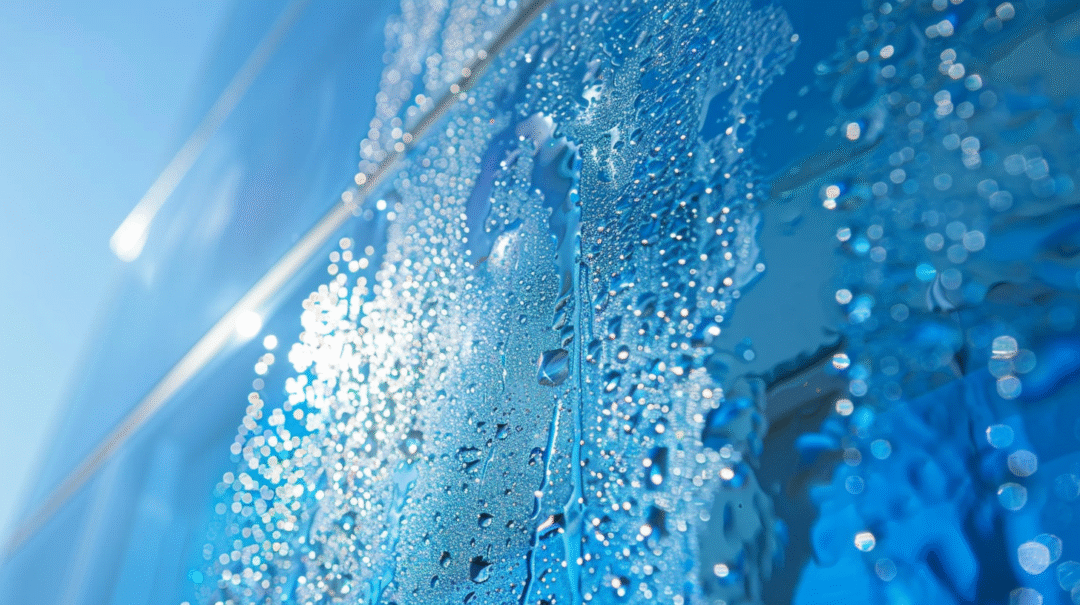
2. The Real-World Difference
Most of the heat gain or loss in a conservatory happens through the roof and glazing. That’s why choosing the right glass is far more important than adding extra square footage or fancy features.
💡 Precision Tip: It’s smarter to invest in a high-quality roof system with active glass. This is better than building a bigger structure with cheaper, standard glazing.
Every day, we notice homeowners who focus on size or extras. They often get a beautiful space that feels unliveable for half the year.
That’s why most customers choose Active Solar Glass. They want a true home extension, not a pretty but unusable space.
3. Understanding Glass Tints – Which one is Right for you
Different tints don’t only change the look of your roof – they change how it performs.
Here’s how the most common options compare:

🎯 Our Recommendation:
Active Blue remains the standout performer. It provides great heat control, natural light, and visual comfort. That’s why most Precision customers select it for conservatories and orangeries.
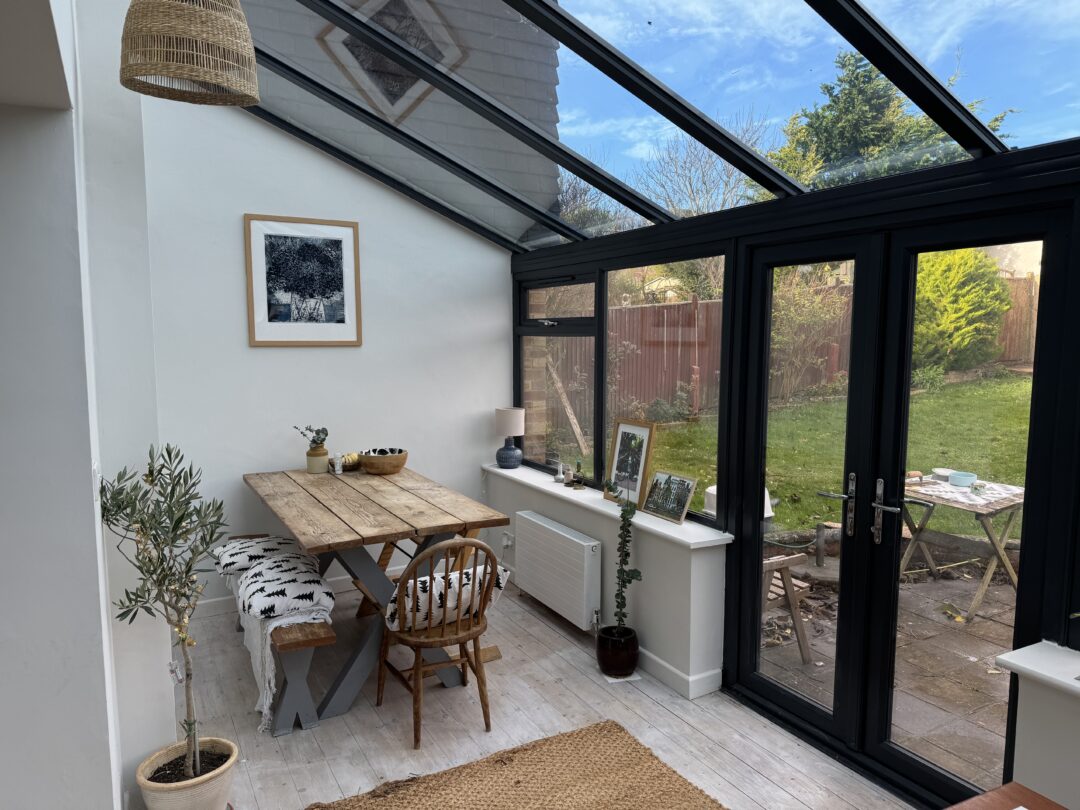
4. Does Active Glass Make the Room Darker?
We know what you might be thinking:
“If the glass is blue tinted does that mean less light or a blue glow inside?”
It’s a great question, and one we hear all the time.
The answer is no – Active Blue and Neutral glass still let in plenty of natural daylight.
They filter harsh sunlight but don’t block brightness.
You’ll see a gentle tone when you look through the glass. Inside, your room stays open, bright, and airy. There’s no glare or “greenhouse” effect like with old polycarbonate roofs.
That balance is about Light Transmission. It measures how much light goes through glass. Too much light can cause glare, making a room uncomfortable. Too little light can make it feel dull. Active Blue glass does it well. It lets in the perfect amount of natural light, creating a bright and comfy space all year.
☀️ In fact, many of our customers comment that their new space actually feels lighter. The glass spreads light evenly in the room. This stops direct sunlight from causing hot spots.
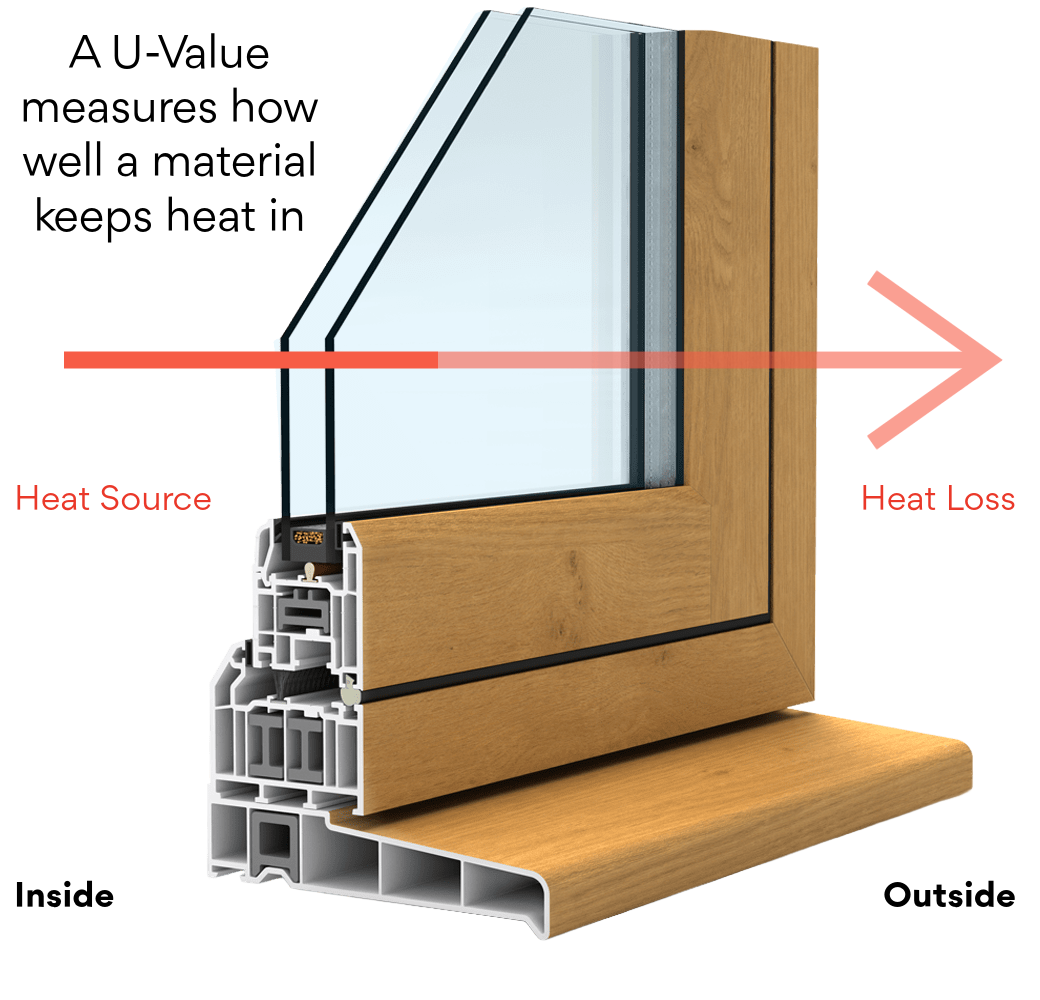
5. Understanding U-Values (In Simple Terms)
You’ll often hear the term U-Value when looking at glass, roofs, and insulation. But what does it mean?
In simple terms:
A U-Value measures how well a material keeps heat in. The lower the U-Value, the better the insulation.
For example:
- Older glass roofs might have a U-Value around 2.7 W/m²K (lots of heat loss).
- Modern Active Blue glass is around 1.0–1.2 W/m²K, keeping warmth in during winter.
- A solid tiled roof can be as low as 0.12 W/m²K – about the same as your house roof.
💡 Think of it like golf – the lower your score, the better.
That’s why the right glass matters. Even if two roofs seem alike, the one with a better U-Value will stay warmer. It will cost less to heat and feel more comfortable throughout the year.
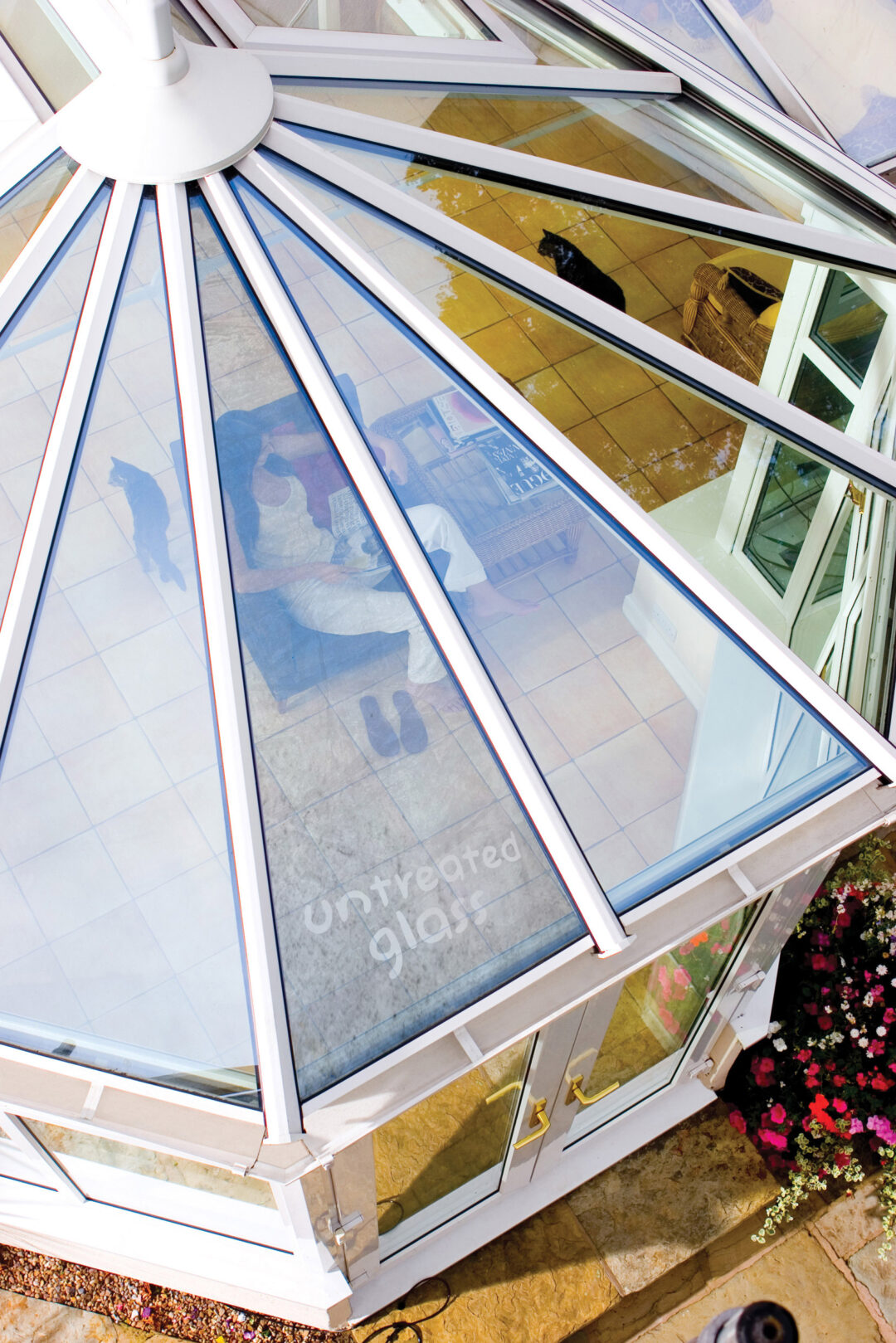
6. The Self-Cleaning Effect
It’s a small detail, but it makes a big difference long term. Plus, most customers do want to spend every weekend cleaning their glass roof.
The outer coating of active glass breaks down dirt using UV light and allows rainwater to wash it away evenly – meaning fewer streaks and less maintenance.
7. Real Proof From our Projects
Every time we install a conservatory or orangery with Active Blue glass, the feedback is consistent:
“It’s warm in winter, cool in summer. We actually use it every day.”
The temperature stability, glare reduction, and light tone make it the top choice for all our customers.
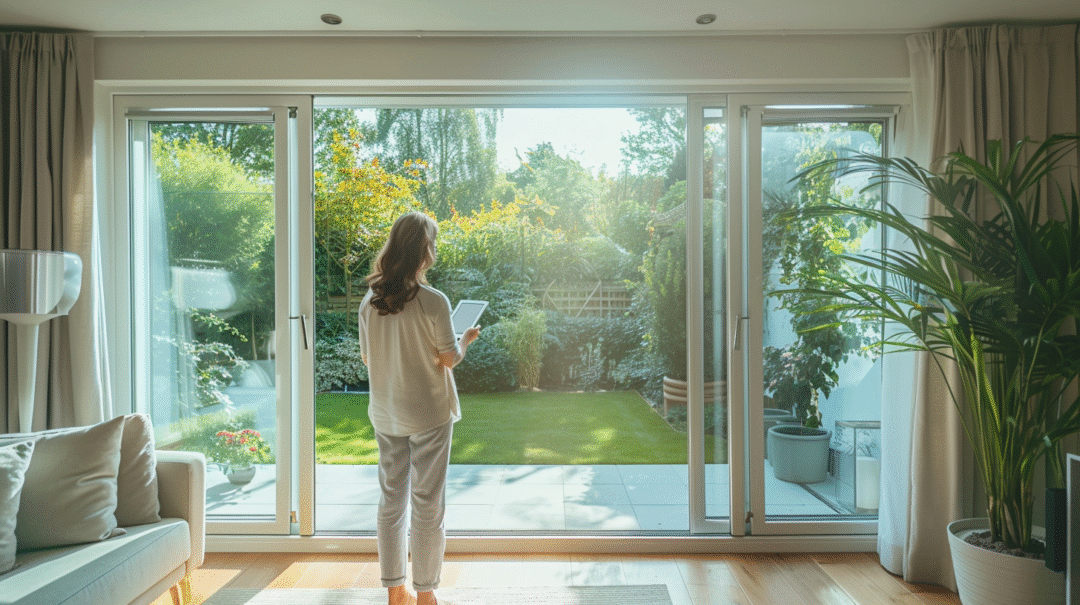
See the Difference Yourself
Book a free design consultation. We’ll show you real examples of Active Blue and Neutral glass from completed projects. This way, you can see the differences in light, comfort, and temperature for yourself.


